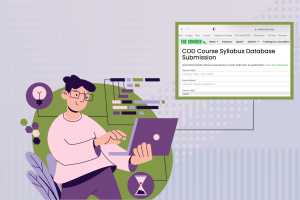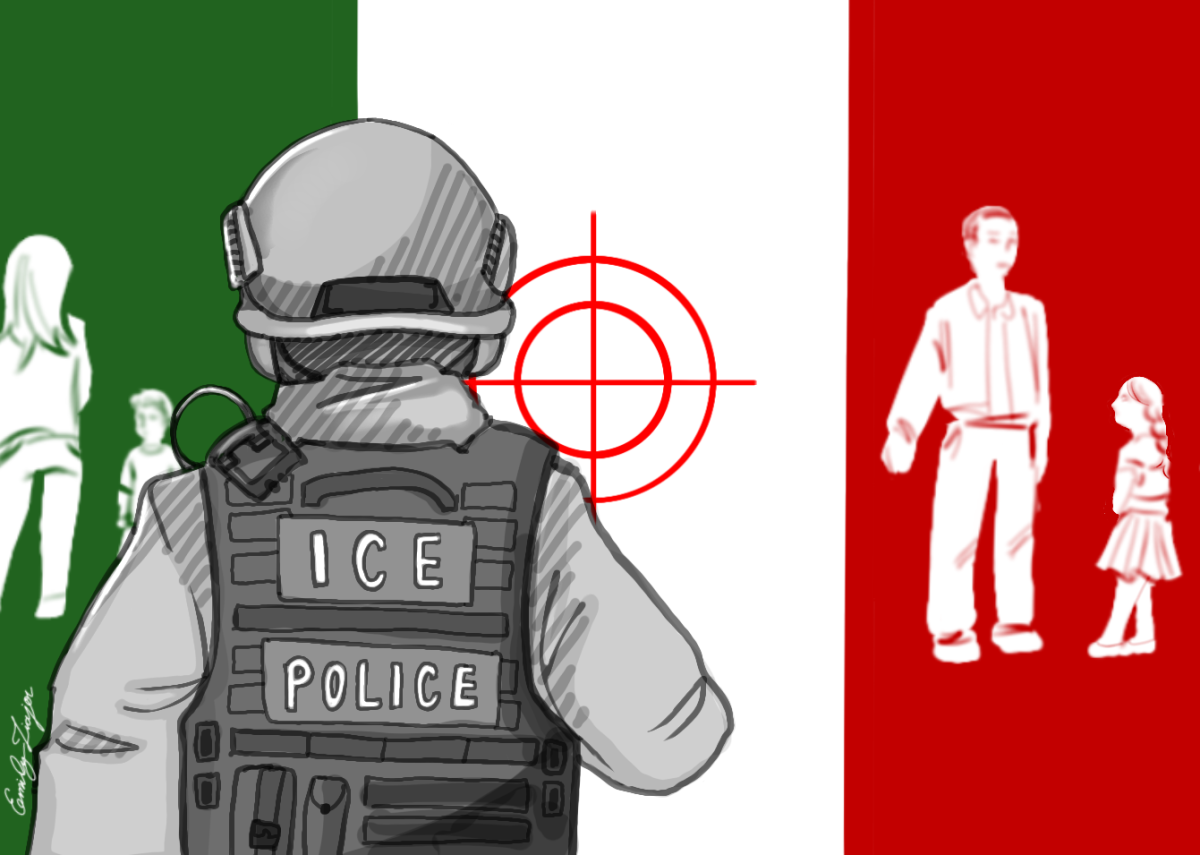Is AI Art Innovation or Imitation?
The world of digital art has always been colorful with new technology, but the rising popularity of AI image generator apps has been a cause of concern for some artists.
February 13, 2023
Artificial intelligence apps are now widely accessible to people. Whether it’s essays about literature or pages of coding, AI output is complex and is used in many professional fields.
Haroon Atcha, a data analyst who has worked with COD, said AI algorithms are commonplace in features of every-day technology. For example, the suggested words that pop up while texting or the recommended videos on YouTube are an outcome of AI that reflects our patterns.
In the world of digital art, AI image generator software has taken on another role. Popular apps like Lensa’s “Magic Avatar” feature work by people submitting a few pictures, like selfies, or a text description of the image they want. Based on these, the app produces drawings in different art styles, such as hyperrealistic, 3D cartoons or anime. This system is called Stable Diffusion, made by Stability AI.
“Stable Diffusion is a neural network that takes text as input and returns images as output,” Atcha explained. “To radically over-simplify, researchers gathered millions of pictures with associated text and showed a large, complex neural network these pictures. The neural network picks up patterns that connect text and images.”
Using this system for AI image generators has created doubt about where the input images are sourced. If copyrighted pieces that were published on the internet are added to the database, it leads to an artist’s work being used without permission. This risk of AI interception is something many digital artists are expressing their concern about.
One such artist is Tori Garcia, a COD student who posts her art on her Instagram account with more than 1,000 followers. She has been creating both traditional and digital works for many years and fears the theft of her creativity.
“It’s a major concern of mine, and my fellow artist friends have been affected by this situation. This is a looming threat to the definition of creating art,” Garcia said. “Do we keep posting our art for the world to see, with the risk of an AI stealing it? Something needs to be done about it.”
Elena Timothee is another COD student who draws and is looking towards an art major. She discussed the various digital drawing software she uses.
“I am all over all of the Adobe products. I sometimes use FireAlpaca or Procreate. Whatever I can get my hands on, I’ll use to make art,” Timothee said.
Like Timothee, dedicated artists use different types of drawing software to hone their craft. It demonstrates how technology and art intersect, but that is complicated with AI applications.
“A lot of people use computers to create their own art. I don’t quite have an issue with that,” Timothee explained. “But, if there is a fact where it was plagiarizing other people’s works and wasn’t giving credit for it, I’d have a pretty big issue with that. I wouldn’t like my art to be used like that.”
Timothee described a lot of the technical knowledge that artists use takes so long to learn, practice and perfect.
“It’s the planning. Does this pose work? Does the composition work together? Having to put your idea to paper and hoping that it turns out OK,” Timothee said. “AI pictures may look like a piece of art, but honestly there wasn’t any mastery that goes into it.”
Eduardo Mansanerez, a COD graphic design student, detailed the amount of effort artists put into their pieces and how it harms their morale to see AI apps undermine their work.
“A lot of us [artists] are perfectionists. We take hours, even days, to finish something depending on whether we keep fascinated or how busy our lives are,” Mansanerez explained. “Then some random person can just get my piece and put it in a mishmash of AI. That takes away from the hard work that I put into it.”
Rachel Wagner, who is a COD student and photographer, described how it also affects the income of professional artists.
“The big concern is it’ll take jobs away from artists, whether it’s animators or any others,” Wagner said.
Professional artists create commissioned artwork, where people pay the artist to draw something specific for them. These artists point to the fact that some AI art apps require paid subscriptions, which could go to the original artists instead.
“In some way, we are being used without realizing it,” Garcia said. “It can damage our self-esteem on what we are as artists. If our art is simply grabbed, and someone can use it in an AI setting and gain money from our work, it ruins the purpose of our art.”
Many artists feel it is an attempt to phase out their work, while stealing elements of it at the same time. However, it is usually difficult for smaller artists to have their complaints against the AI apps noticed.
That’s why it is remarkable that Getty Images has recently sued Stability AI for using its copyrighted photographs. They cited multiple AI-generated images that have blurry marks resembling the Getty Images watermark. The CEO of Getty Images stated that their goal is to encourage generative models that respect creators’ intellectual property rights.
This is similar to solutions that some artists have suggested. They advocate for AI apps that pay the artists whose work they use as input. Another idea is to only funnel public domain images into the neural network of the app.
Wagner acknowledged the attitudes of consumers who may feel it’s faster to use AI.
“I see how it could be convenient for people where they go like, ‘Oh yeah, we could use the computer to make art.’ But there’s a lot of ethical issues with it, as far as taking a bunch of art from the internet and then putting it into an image generator,” Wagner said. ”It has to be regulated to some degree.”
There is still much of a gray area in copyright law and other professional policies about the usage of AI. Other looming concerns about AI are whether it has the potential to replace humans in the creative fields of art and writing. While some artists are very polarized against AI art generators, others say moderated use of AI can be a productive tool, without replacing actual artists. For them, real creativity comes from the minds of artists who put their unique skills and vision into their pieces.




















